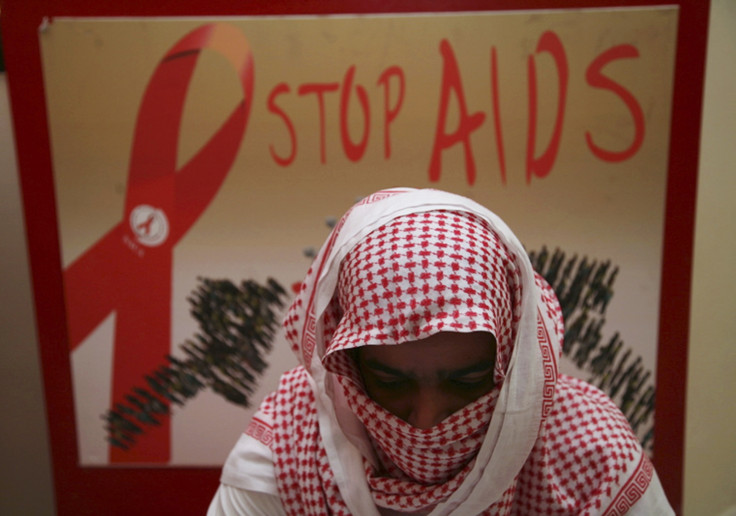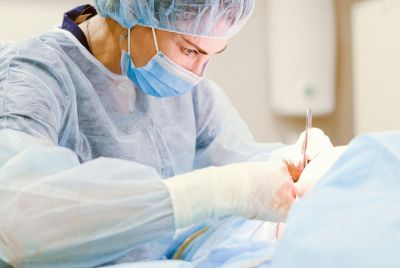World Aids Day 2014: How close are we to finding a cure for HIV?

World Aids Day takes place on 1 December, with the Human Immunodeficiency Virus (HIV) continuing to be a major global public health issue.
So far, Acquired Immunodeficiency Syndrome (Aids), the most advanced stage of HIV infection, has claimed a total of 39 million lives, and an estimated 1.5 million people died from HIV-related illnesses in 2013.
If you look at HIV infections by region, while there has been a slight reduction in HIV in countries like Israel, for the most part, infections are on the rise in the European Union, North America, North Africa and the Middle East.
Vytenis Andriukaitis, the Commissioner for Health and Food Safety with the European Commission, said on Thursday (27 November) at an HIV/Aids ministerial conference in Rome: "Despite considerable progress in the fight against the HIV/Aids, it continues to cause much suffering to people in Europe and around the world.
"The good news is that mother to child transmission has been virtually eliminated in the EU, and the number of new infections amongst heterosexuals has been steadily declining. However, the bad news is that the number of new infections diagnosed in certain risk groups such as men who have sex with men has increased by 33% in the EU.
"These worrying figures illustrate the need for keeping up the momentum in the fight against HIV/Aids."
With things as they stand, research into preventing and curing the disease has never been more urgent.
"One of the very important things we're doing is focusing on a cure. I'm not sure that's going to happen next year, but I think we're getting closer and closer and I think that's very important," Ton Coenen, executive director of the Aids Fonds and STI AIDS Netherlands, tells IBTimes UK.
"The other is about scaling up treatment and prevention."
Gus Cairns, the editor of NAM Aidsmap, an independent source of information on HIV/Aids news, agrees that a complete cure for the condition could still be a long way off.
"Curing HIV will be much more like curing cancer than curing a normal viral infection. You basically need to find every single cell in the body that is infected with HIV and kill it. That's a big ask, as many hide from the immune system," he tells IBTimes UK.
"HIV/Aids treatments will continue to get more tolerable and effective but we need something that enables people to stop having to take drugs for the rest of their lives."
So what are some of the approaches towards a cure and prevention of HIV/ Aids? IBTimes UK looks at some of the most promising research.
1. Eliminating the HIV-1 virus from human cells
One of the most promising lines of research into actually curing HIV is the concept of editing cellular DNA in order to cut out the gene that codes for the HIV co-receptor to replicate the virus in new human cells, and then re-inject the cells, known as a CCR5Δ32 mutation, into patients.
This technique of gene therapy has been studied since 2011 by the Quest Research Clinic in San Francisco, but in July, scientists from Temple University School of Medicine in Philadelphia succeeded in creating a different tool to edit the genes at an earlier stage of cell differentiation.
"This is potentially, for me, one of the approaches towards curing HIV that makes the most sense. The challenge will be to get the edited cells to take over the immune system as the main population," says Cairns.
2. Pre-exposure prophylaxis (PrEP) anti-HIV pills
In October, the world got very excited about pre-exposure prophylaxis (PrEP), an anti-HIV tablet that can reduce the risk of contracting HIV in people who do not yet have it, but are at substantial risk of doing so.
It was touted in the media that PrEP can decrease the risk of HIV by 90% – this is not quite true.
Recent preliminary results announced by the PROUD study in the UK and the IPERGAY study in France found that whether or not its study participants took the drug properly when they were supposed to, PrEP still had an effectiveness of at least 80%.
Even better, the Partner Study, which released preliminary results in March, found that people with HIV who took the PrEP pill then became non-infectious and there was an almost 0% chance of them passing the virus onto their partners through protected or unprotected anal sex.
3. CMV Vaccine to prevent and cure HIV/AIDS
Another interesting line of research is a potential cytomegalovirus (CMV) vaccine being worked on by Oregon Health & Science University, which could one day be used to both prevent and cure HIV.
The vaccine uses HIV genes packaged inside a vector (a shell of protein derived from the envelope of another virus, in this case cytomegalovirus).
Instead of preventing the spread of HIV, the vaccine stimulates a strong, broad immune reaction that means virus replication is almost completely suppressed, and any infected cells eventually completely clear from the body.
At the moment, the vaccine is only being tested on monkeys infected with Simian Immunodeficiency Virus (SIV – the monkey version of HIV) and 60% are responding to the vaccine, with almost all of them losing every sign of viral infection.
And even when the scientists found one copy of SIV DNA buried deep in the follicles of lymph nodes in a monkey and then injected these virally-infected cells into monkeys that had responded successfully to the vaccine, they still didn't get infected from these new cells.
4. A probiotic drinkable vaccine that ignores HIV
Finally, Chinese and French scientists from the University of Chinese Medicine in Guangzhou and the Paris-Descartes University are currently testing out a drinkable probiotic vaccine that has been able to rapidly re-suppress SIV in infected monkeys.
Rather than inducing an immune system response in the body to try to destroy the virus, instead the vaccine persuades the body to ignore the virus completely.
HIV's aim is to get the body's immune system to react to it and activate CD4 cells, which the virus can then infect and replicate. But if the CD4 cells do not recognise the virus to be foreign, then no infection can be established.
Although there is scepticism about this technique of preventing HIV infections as there are some differences in the way that HIV and SIV take hold of human and monkey bodies respectively, there is hope as 15 out of 29 monkeys trialled have been completely protected from SIV infections.
© Copyright IBTimes 2025. All rights reserved.






















